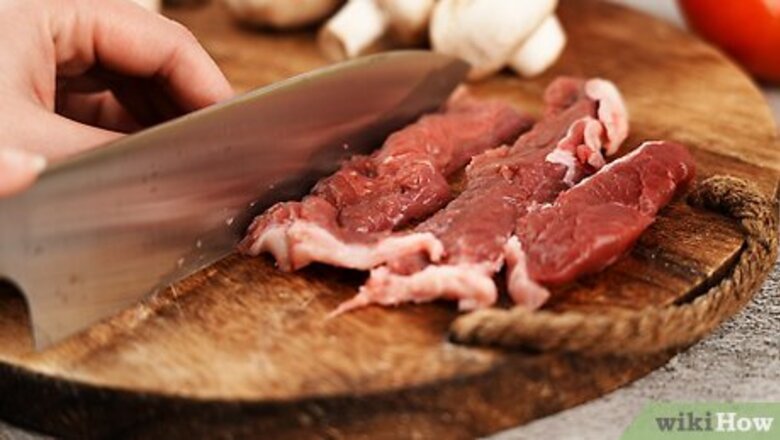
views
X
Research source
that involves the quick, high-heat cooking of meat and/or vegetables in oil using a smooth metal pan or bowl (traditionally, a wok). In recent years, the popularity of stir fry has spread across the globe due to its quickness, ease, and delicious results. See Step 1 below to start adding this easy, fun technique to your repertoire!
Making a Basic Stir Fry Dish
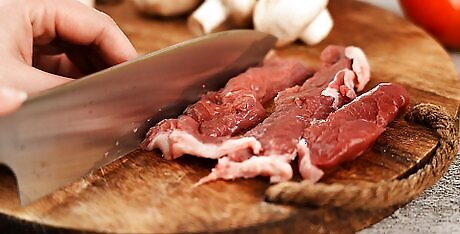
Prepare your meat or protein by cutting it into thin strips. Stir fry dishes certainly don't require the inclusion of meat, so if you're vegetarian, feel free to make a stir fry with a substitute like tofu or with just vegetables. If you are including meat (or tofu, etc.) in your recipe, begin by cutting it into small, thin pieces so that it cooks quickly. Speed is key when it comes to stir fry cooking - you'll want your ingredients, especially any meat, to cook as quickly as possible.
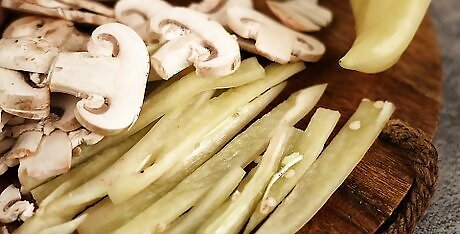
Prepare your vegetables as needed. Most stir fry dishes include vegetables of some sort. As with your meat, you'll want your vegetable pieces to be fairly small and thin so that they'll cook quickly. This means that any peppers should be cut into thin slices, any onions should be chopped up, etc. Below are just a few of the vegetables you might consider adding to your stir fry - feel free to add more as you please! Bell peppers Hotter pepper varieties (red peppers, etc.) Water chestnuts Onions Carrots (sliced or cut thin) Broccoli Garlic Pea pods (especially thin snow peas)
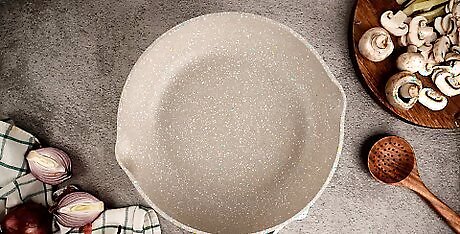
Heat up your pan or wok. Traditionally, stir fry dishes are cooked in a steep, sloping style of cooking pan called a wok. However, it's possible to use flat-bottomed Western style pans as well. All that's important is that the pan is made from sturdy metal and that it has room for all of your ingredients — if possible, use a big cast iron pan. Set your pan (with no ingredients yet inside it) over a stovetop burner on medium-high heat for about 1 to 2 minutes. Usually, a wok is at the right temperature when it starts smoking. You can also test your pan's heat by tossing a drop of water in - if the water droplet sizzles and boils away immediately or "dances", your pan is hot enough.
Put a small amount of oil (1-2 tablespoons) in your wok. You won't typically need much oil - you're stir frying, not deep frying. At this point, you'll also want to add any seasoning and/or spices you're using in your dish. You have many options here. You may, for instance, choose to drop in some red pepper flakes for a spicy kick or add a dash of a liquid ingredient like soy sauce to the oil for a classic flavor. The choice is yours - below are just a few more suggestions! Sherry or rice wine Minced garlic or garlic powder Salt and pepper Ginger (if using, take care not to burn)
Add your meat, stirring frequently. If you're including meat or another protein source, add it first. If your pan is hot enough, it will sear very quickly. Once an initial sear is obtained, keep the meat in motion, stirring very frequently until it is just cooked through. This usually requires about 5 minutes. Note that the addition of meat will lower the temperature of your pan temporarily. To counteract this, you may want to turn the burner up slightly for a minute or so.
Add slow-cooking vegetables next. When your meat is just barely done, you'll want to start adding your vegetables. Start with thick, firm vegetables that take a relatively long time to cook - you'll want to give these a head start of several minutes to soften up before adding the other veggies. Below are a few common vegetables that may take extra time to cook: Broccoli Snow peas Carrots Onions
Add faster-cooking vegetables last. Next, add the rest of your vegetables. These veggies shouldn't take more than a few minutes to soften. Vegetables you may add at this point include: Bean sprouts Mushrooms Any vegetables from a pre-cooked or ready-made package
Add any stir fry sauce you are using at the very end. Finally, add any sauce you desire to your stir fry. While you may previously have added a dash or so of liquid flavor, you'll now want to add the main portion. However, it is best to be fairly conservative with your sauces. Try not to add too much sauce at once, as this can make the vegetables soggy in addition to lowering the heat of the wok. Below are a few examples of sauces you may want to add at this point. Soy sauce Peanut sauce Oyster sauce
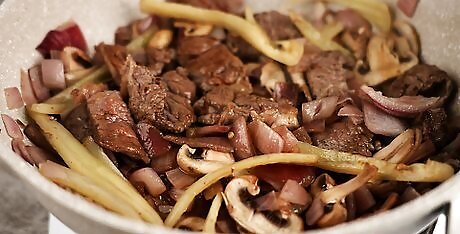
Cook for 3-4 minutes. Give your stir fry a chance to cook and reduce slightly. Continue to stir as needed - if you're confident, you can even "flip" your ingredients with a quick wrist motion every once in a while. After just a few minutes, the vegetables and sauce should be done.
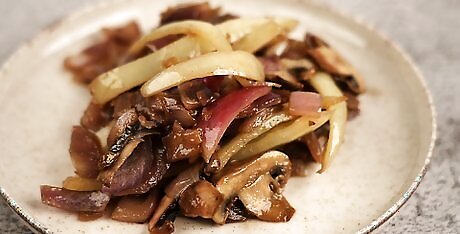
Serve. Congratulations - you've just made your first stir fry dish. Enjoy your stir fry on its own or use one of the ideas provided below to round out your meal!
Making a Full Stir Fry Meal
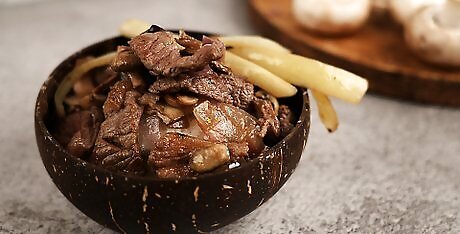
Try serving with rice. What use would this article be without mention of this ubiquitous Asian staple food? Rice provides a neutral, filling carbohydrate base for the veggies, meat, and sauce in your stir fry. Stir fry and rice can make a great, full meal on their own or serve as the main course of a larger culinary experience. You have tons of options when it comes to rice - not only are there many different types of rice to choose from (brown, red, jasmine, basmati, and so on), but there are also many different ways to prepare rice. For instance, try fried rice for a hearty treat or opt for plain brown rice for maximum nutrients.
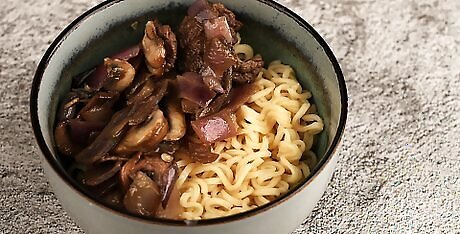
Try serving over Asian noodles. Another great carbohydrate to go along with stir fry is noodles. Traditionally, of course, stir fries are paired with Asian varieties of noodles, but there's no rule preventing you from using other sorts of noodles. If you're adventurous, you can even apply stir fry techniques to Italian pasta dishes - you're only limited by your own imagination!
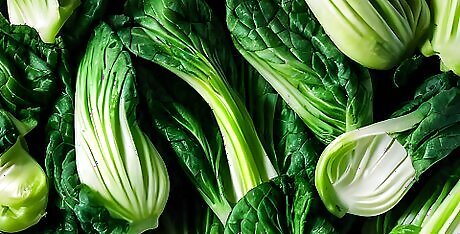
Try stir-frying bok choy for a healthy alternative. The procedure above details a "generalized" sort of stir fry - in truth, there are countless dishes prepared in this style, each with their own unique flavor. One of the most famous of these is bok choy, a dish made from Chinese cabbage. Not only is this dish packed with delicious flavor - it's also fairly nutritious and low in calories. Put your stir fry knowledge to the test by frying up this great dish as a side or snack!




















Comments
0 comment